Revised: 18-June-2021
One of the most frequent requests JP receives from readers is for a new, English translation of the sayings of Jesus based on an understanding of their Hebraic and Jewish background. Below we offer such a translation of Matt. 5:17-18.
Previous Attempts at Translation
- “Think not that I am come to destroy the law, or the prophets: I am not come to destroy, but to fulfil.” (KJV)
- “Think not that I have come to abolish the law and the prophets; I have come not to abolish them but to fulfil them.” (RSV)
- “Do not think that I have come to abolish the Law or the Prophets; I have not come to abolish them but to fulfill them.” (NIV)
From Literal Greek to Dynamic Hebrew
Greek (Codex Vaticanus):
Μὴ νομίσητε ὅτι ἦλθον καταλῦσαι τὸν νόμον ἢ τοὺς προφήτας οὐκ ἦλθον καταλῦσαι ἀλλὰ πληρῶσαι (me nomisete hoti elthon katalysai ton nomon e tous prophetas ouk elthon katalysai alla plerosai).
Literal Translation of the Greek:
“Do not think that I came to destroy the law or the prophets. I did not come to destroy, but to fill.”
Conjectured Hebrew Reconstruction:
אל תחשבו שבאתי לבטל את התורה ואת הנביאים לא באתי לבטל אלא לקיים (al takhshevu shebati levatel et hatorah ve-et hanevi’im lo bati levatel ela lekayem).
Literal Translation of the Hebrew Reconstruction:
“Do not think that I have come to cancel the Torah [the five books of Moses] and the Prophets [the second section of the Hebrew canon]. I have not come to cancel, but to sustain.”
Idiomatic Translation of the Hebrew Reconstruction:
“Do not think that I have come to weaken the Torah and the Prophets. I have not come to weaken them, but to strengthen them.”
Dynamic Translation of the Hebrew Reconstruction:
“Do not suppose that I have any intention of undermining Scripture by misinterpreting it. My purpose is to establish and maintain the knowledge and observance of God’s Word not undermine it.”
Premium Members and Friends of JP must be signed in to view this content.
If you are not a Premium Member or Friend, please consider registering. Prices start at $5/month if paid annually, with other options for monthly and quarterly and more: Sign Up For Premium
If you enjoyed reading this post, check out these recent JP articles:
- Mary and IsraelMary, the mother of Jesus, must be seen in the context of Jewish suffering.
- A Jerusalem Perspective on the MagiA new collection of articles on Matthew’s narrative of the magi. Available 7 December 2025!
- The Star of Bethlehem: An Astronomical PerspectiveCan astronomy help us to identify the “star” the magi followed to Bethlehem?
- The Narrative of the Magi: Some Notes from a Jewish PerspectiveWhat purpose does Matthew’s choice of the title “magi” serve when he used this term to describe the bearers of the messianic tidings?
- Wise Men or Stooges: Who Were Matthew’s Magi?How to cite this article: Joshua N. Tilton, “Wise Men or Stooges: Who Were Matthew’s Magi?” Jerusalem Perspective (2025) [https://www.jerusalemperspective.com/31038/]. Questions about the magi in Matthew’s Gospel can be answered from a variety of perspectives. Astronomers might attempt to identify the phenomenon the magi observed in the heavens. Historians of religion might attempt to identify …
- Rethinking the Magi in Matthew and Exodus RabbahA look at the broader backdrop of Jewish tendencies offered by a comparison between traditions in Matthew and Exodus Rabbah.
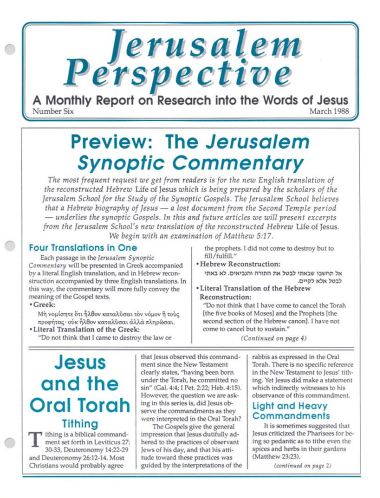
- [1] For example, "If the court [the Sanhedrin] gave a ruling that uprooted [לעקור, la'akor] a commandment of the Torah—if they [the judges] ruled, for instance, that...'The prohibition against idolatry is not in the Torah'—they are not obligated [to bring the sin offering prescribed in Lev. 4:14]. However, if they handed down a ruling that partially annulled [לבטל, levatel] and partially sustained [לקיים, lekayem] part [of a commandment]—if they ruled, for instance, that...'The prohibition against idolatry is in the Torah, but a person who bows down to an idol is exempt'—they are obligated [to bring the sin offering]" (Mishnah, Horayot 1:3; trans. mine). Compare Tosefta, Sanhedrin 14:13: "He who prophesies to uproot [לעקור, la'akor] a commandment of the Torah is culpable. Rabbi Simeon rules, 'If he prophesies to nullify [לבטל, levatel] part and to keep [לקיים, lekayem] part, he is not culpable. However, if his prophecy is to commit idolatry, even if he maintains [לקיים, lekayem] it today and nullifies [לבטל, levatel] it tomorrow, he is culpable'" (trans. mine). In both rabbinic sources we see that levatel is the synonym of la'akor, and that their opposite is lekayem. Here are a few of the occurrences in rabbinic literature of lekayem in the sense of "interpret (or, apply) Scripture": "Papus said to him [to Rabbi Akiva], 'So how do you interpret [lekayem], "The man has now become like one of us"'?" (Mechilta Beshallah 6; to Gen. 3:22); "Then to what do I apply [lekayem], 'And you will eat it in haste'?" (Mechilta Bo 7; to Exod. 12:11); "How does Rabbi Lazar interpret [lekayem] 'sons'? [in a discussion of Lev. 21:5]" (Jerusalem Talmud, Kiddushin 61c); "How do I interpret [lekayem], 'The teacher sought to discover useful sayings' [Eccl. 12:10]?" (Jerusalem Talmud, Kiddushin 61c). ↩
- [2] When Rabbi Eliezer thought that Rabbi Akiva was suggesting in his interpretation that the slaughtering of the Passover lamb could not overrule the prohibition against work on Sabbath, although the Torah says it can, he said to Rabbi Akiva, "Akiva, you have uprooted [la'akor] what is written [in the Torah]" (Mishnah, Pesahim 6:2). In other words, "Akiva, you have overturned a scriptural command." Compare Mechilta Bo 3; to Exod 12:13: "Thus, if you should reason this way you would be distorting this whole passage" (trans. Lauterbach; literally, "But if you said [i.e., interpreted; ruled] thus, you would be uprooting all that is written.") ↩
- [3] The yod was usually written with a tiny horizontal line on the top left, the ornamental spur added to some Hebrew letters. This decoration was called a kots, which means "thorn." In Greek kots was translated by the word keraia, literally, "horn," which was in turn rendered "tittle" by the translators of the King James Version. In Jesus' day, the kots was not horizontal, as in printed modern scripts, but angled down and to the left like a fishhook or the barb of a thorn—for this reason it was called a thorn in Hebrew. The kots often was as long as the yod itself. (See illustrations above of the yod and the lamed, with and without a kotz.) ↩

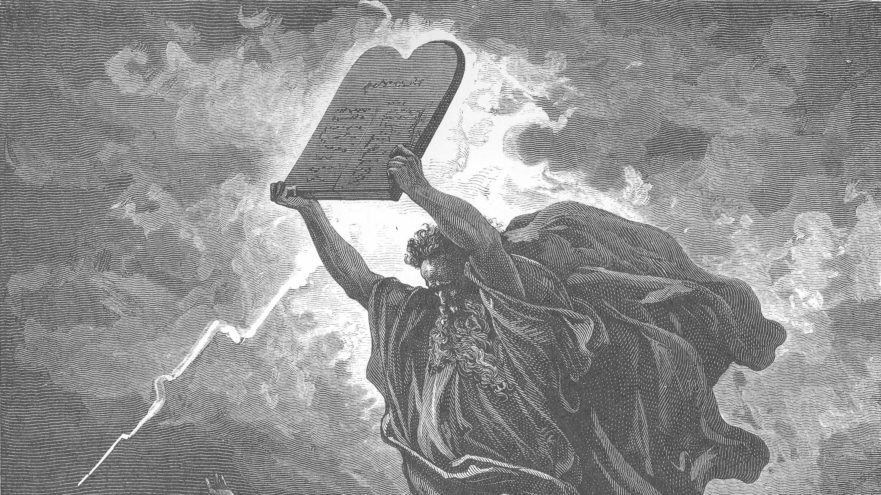
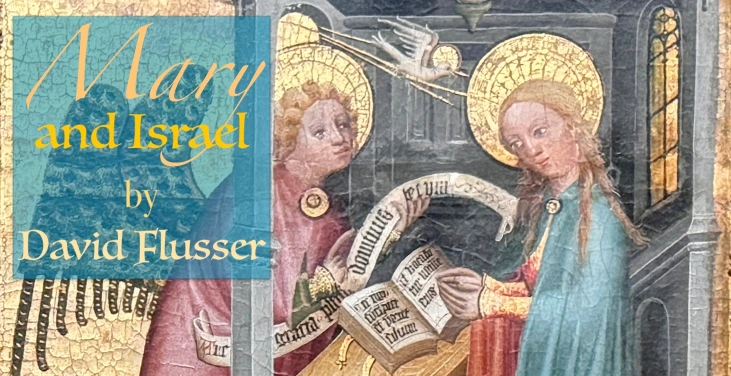



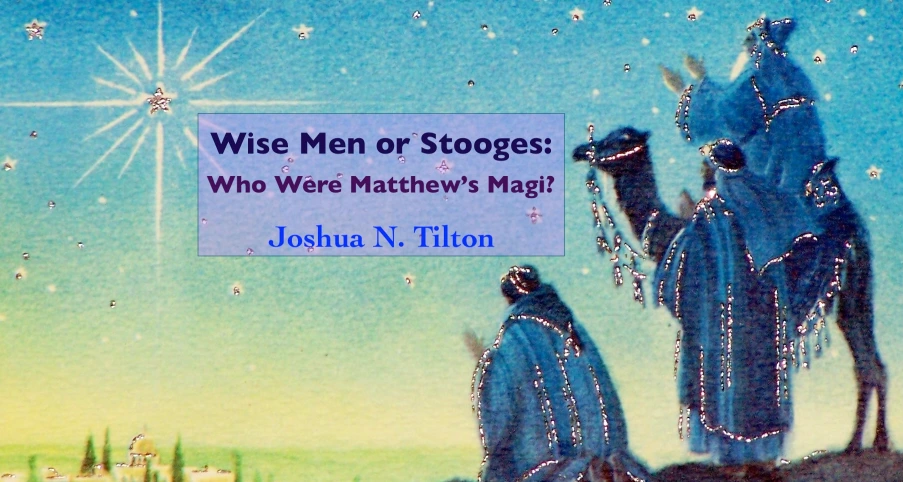
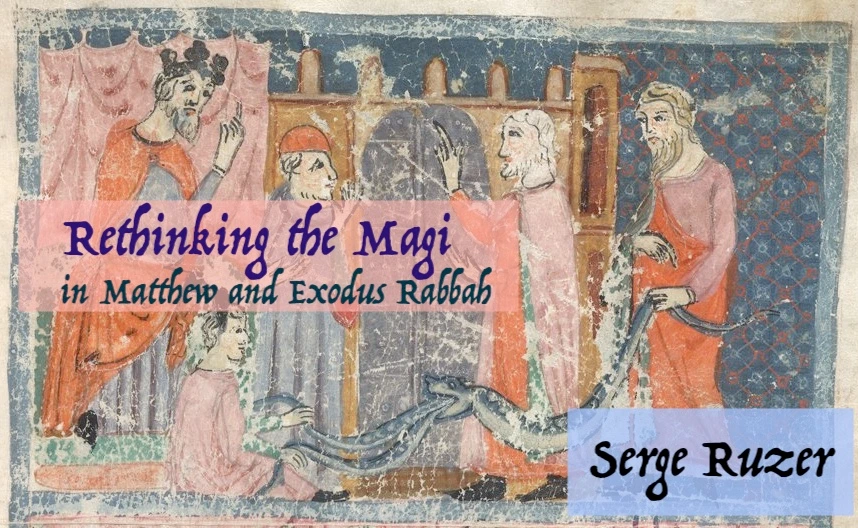


Comments 4
Shalom David,
Revisiting this article once again because of a comment I just heard on Matthew 5:19. David Wilber in a recent interview with Paul Sloan (here: https://youtube.com/watch?v=YYS8nEkIl_g) posits the idea that the terms “destroy” and “fulfill” (explained particularly well in your article, in my opinion) are somewhat parallel to the contrasting approaches Jesus highlights in verse 19: “destroying/breaking” a commandment and “teaching others” to do so, versus “doing/keeping” a commandment and “teaching others,” etc. Your article on “light” commandments seems to assume this parallel, but I hadn’t processed this connection till now. What do you think? Does verse 19 help confirm this understanding of Jesus’ use of “destroy” and “fulfill” from verse 17?
Shalom, I think some of the references in this article may be off a bit. At least when I went to look them up on Sefaria, some of them seemed to be in other places. These are the references I found. Please check to see if I am mistaken. Thank you for this article. In my opinion, it deserves to be read by all students of Jesus!
With le-vaṭṭel and le-qayyem:
• Mishna, Horayot 1:3.
• Tosefta, Sanhedrin 14:4 (also with la-ʿaqor).
• Mekhilta DeRabbi Yishmael, Tractate Vayyehi Beshallaḥ 7:10.
• Mekhilta DeRabbi Yishmael, Tractate Pisḥa 7:2.
• Jerusalem Talmud Qiddushin 1:7:19 61c.
With la-ʿaqor:
• Mishna, Pesaḥim 6:2.
• Mekhilta DeRabbi Yishmael, Tractate Pisḥa 3:6.
My hunch is that David Bivin was simply using a different edition of the rabbinic texts than what is found on Sefaria. Don’t forget that this article was written long before Sefaria existed, when scholars had to rely on print editions or consult manuscripts. I’m not sure which editions Bivin used, although I know he has a preference for the Kaufmann manuscript of the Mishnah. For the Tosefta it’s likely he was using Zuckermandel’s edition and for Mechilta de-Rabbi Ishmael he was probably using the Rabin-Horowitz edition. Hope that helps,
JP Staff Writer
Thank you, that makes sense.